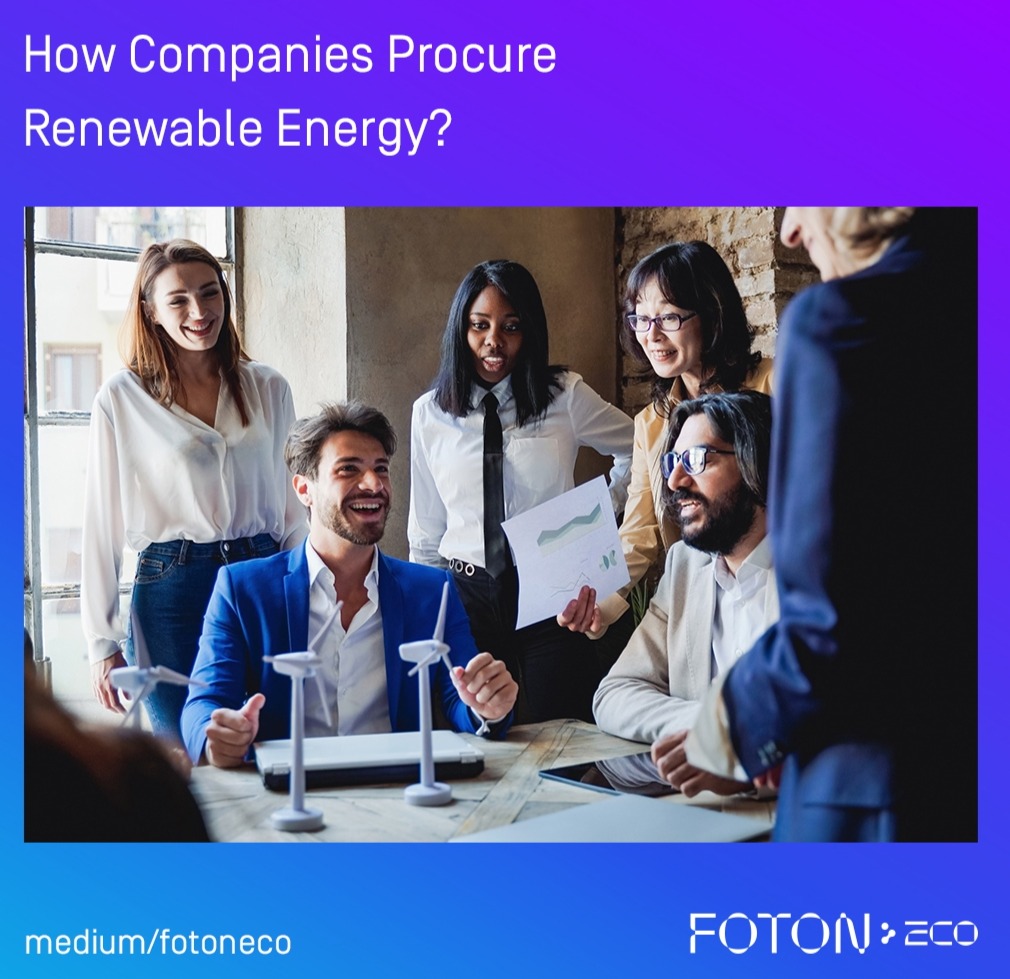 FEATURED INSIGHTS
FEATURED INSIGHTS
Certification of High Efficiency Cogeneration Systems
For end-users, it is crucial to make their energy use sustainable by investing in renewable energy power plants and renewable energy procurement, as well as improving the energy efficiency of their existing systems.
Cogeneration technology allows to produce both steam and electricity together to use energy more efficiently. Energy efficiency is increased by utilizing waste heat in these systems. For instance, while the efficiency of thermal power plants that only produce electricity does not exceed 35–45%, cogeneration systems can achieve high efficiencies of 85–95% by producing both electricity and heat together [1]. It is a “low-carbon” technology that reduces the amount of fuel burned and emissions by using electricity generated from the waste heat to meet some of the facility’s electricity needs.
Cogeneration technology is widely used in various areas such as industry, transportation, residential buildings, hospitals, shopping centers, hotels, and airports. It is an important tool for end-users to achieve both energy savings and emissions reduction.
1. Cogeneration Process
The process begins with the combustion of the primary source, which generates pressurized hot gases that drive the gas turbine and convert kinetic energy into electrical energy through a generator. This is where the cogeneration technology begins. Some of the steam generated in the previous step is directed to a waste heat boiler where it is used as process steam for heating, hot water needs, and industrial applications.
 Figure 1: Process of Cogeneration System [2]
Figure 1: Process of Cogeneration System [2]
2. Technologies and fuel types used in cogeneration plants
Cogeneration systems can be classified according to the type of technology as follows; [3]
- Steam Turbine
- Gas Turbine
- Engine (Diesel)
- Combined Cycle (Gas and Steam Turbine)
- Micro Cogeneration (for systems below 100 kW) [4]
While steam turbine, gas turbine, engine and combined cogeneration systems are mostly used in industry, it is possible to promote energy production in buildings with micro cogeneration systems. Thus, guaranteeing security of energy supply by making industries and buildings energy producers, not just energy consumers.
The primary source of energy used in cogeneration plants is divided into two categories: fossil and renewable sources.
- Fossil fuels: Coal, Natural Gas, Diesel
- Renewable sources: Biomass, Biodiesel, Biogas, Landfill Gas, Geothermal, Solar Thermal
It is also possible to use renewable sources and fossil fuels in a hybrid form. For example, in fossil-fueled cogeneration plants with suitable land and solar radiation (Concentrated Solar Power- CSP), the efficiency of the plant can be increased up to 20% with Fossil + CSP hybrid applications and significant primary fuel savings can be achieved [5].
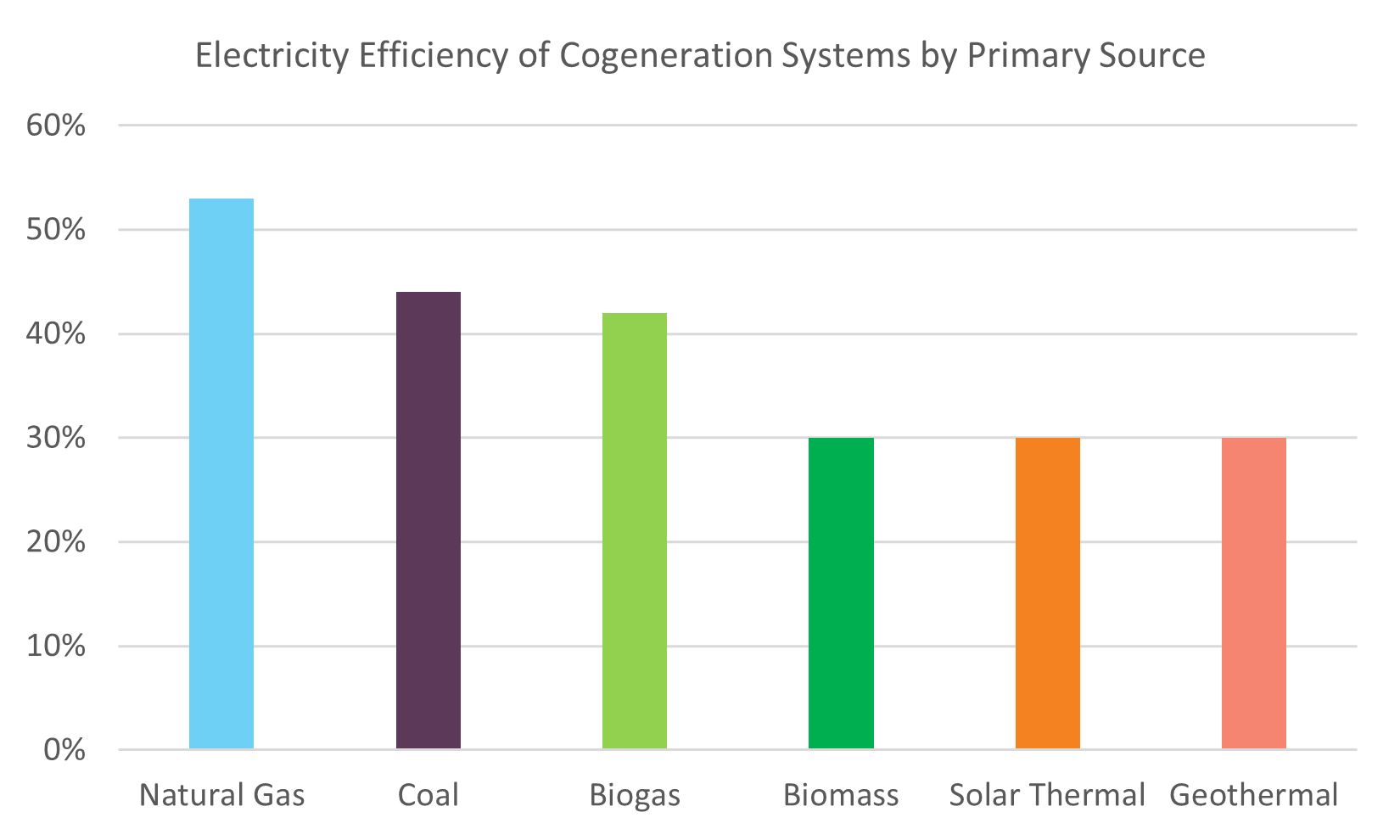
Figure 2: Electrical efficiency in cogeneration systems according to primary source [6].
Between 2009 and 2019, the fuel mix percentages of cogeneration plants in Europe were approximately 30% coal and oil, 40% natural gas, 10% renewable sources, and 10% other fuels [7].
TEİAŞ (Turkish Electricity Transmission Corporation) has published the distribution of electricity production, heat production, and fuel consumption in cogeneration power plants in Turkey for 2021, which is shared in the following graph.
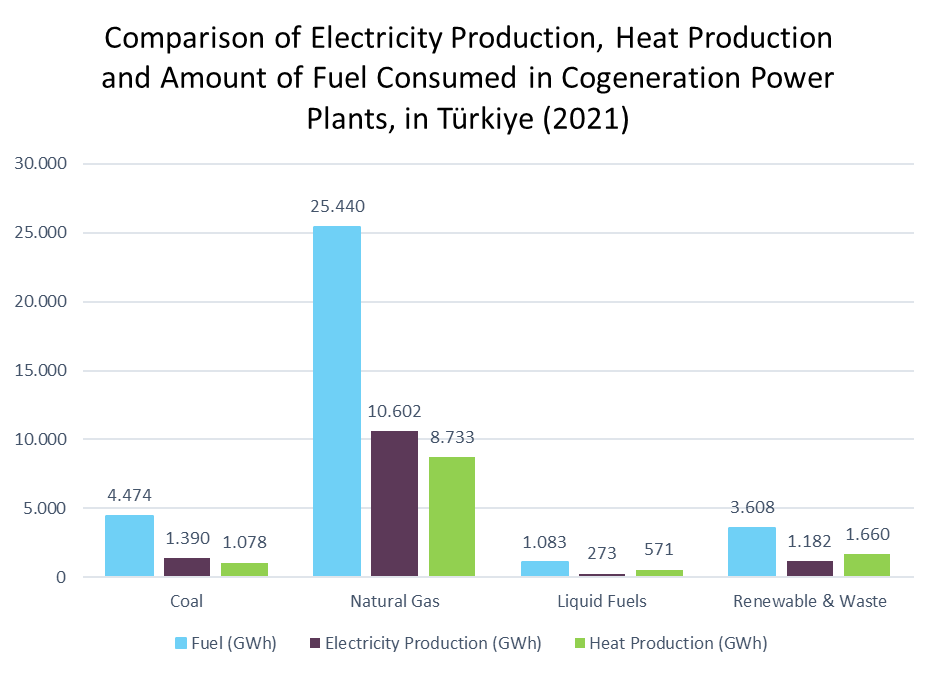
Figure 3: Distribution of electricity production, heat production, and fuel consumption in co-generation power plants in Türkiye, 2021, TEİAŞ [8].
3. High-Efficiency Cogeneration Plant
A high-efficiency cogeneration plant refers to a cogeneration plant that provides at least 10% or more primary energy savings compared to separate production of electricity and heat using the same type and amount of fuel [4] [9]. Current technology allows for the conversion of 75% to 80% of fuel inputs into useful energy in cogeneration plants, and up to 90% in the most efficient plants [10].
According to Eurostat figures, cogeneration accounted for 12% of Europe’s electricity production and 14% of its heat production in 2019 [10]. COGEN Europe predicts that these percentages could rise to 20% of electricity and 25% of heat by 2030 [11].
As seen in Figure 4, the facility where the cogeneration system is located meets the same level of end-use energy demand with less energy input by using fuel inputs more efficiently.
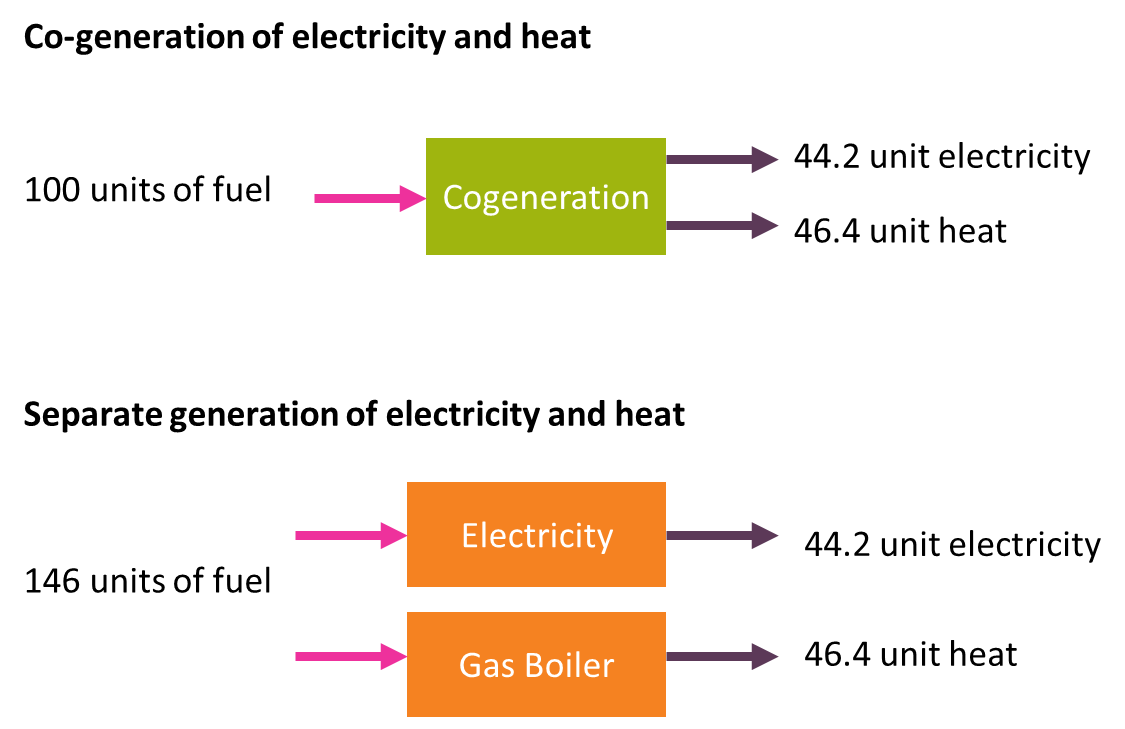
Figure 4: Resource utilization when heat and electricity are produced separately and together [12].
By using cogeneration technology, the input (fuel) used to obtain the same amount of heat and electricity is 20% to 40% less than in conventional systems [13]. This rate may vary depending on the technology used, the type of fuel, the size of the facility, and other factors.
4. Cogeneration Plant Powered by Renewable Energy Sources
The source of steam and heat generated in cogeneration plants determines the category of the cogeneration system. To be a renewable energy plant, the primary source of cogeneration plant must comply with sustainability criteria. For example:
- Bioenergy: Biomass, biofuels, biogas, landfill gas
- Geothermal: The leftover hot water from the geothermal power plant’s electricity production can be used for residual heating and other direct heat use.
- Solar energy: With the integrated solar combined cycle, the steam obtained by solar energy is transferred to the turbine so that the required energy can be obtained from the sun, keeping fossil fuel consumption at a minimum.
5. I-REC’s Cogeneration Standard
Directive 2012/27/EU, issued in 2012, opened the way for high-efficiency cogeneration plants to benefit from the Guarantee of Origin system in the internal energy market of the European Union to promote high-efficiency cogeneration.It is possible to register cogeneration plants from every source in the IREC system. However, cogeneration plants which do not have a primary renewable energy source cannot be classified as renewable energy plants. The European Union directive has opened the way for high-efficiency energy used for internal consumption to be evaluated in equivalence with renewable qualifications [14]. The IREC Standard is working on a new system for labeling high efficiency power plants.
6. Labeling Cogeneration Power Plants

Cogeneration plants that use primary fuel sources such as biomass or biogas can obtain a renewable energy certificate. In addition, with the labeling System, we have developed for the inspection and labeling of cogeneration plants, cogeneration plants with high efficiency and fossil primary fuel sources are registered by Foton in the IREC system as high-efficiency cogeneration plants and labeled by Foton ECO.The credited production can only be used for self-consumption.
7. The Use of Cogeneration Technology in Industry
The main sectors that use cogeneration systems in the industry, which have high electricity and heat demand, are Chemical-Petroleum, Cement-Glass, Iron-Steel, Food, Ceramics, Textile, Paper.
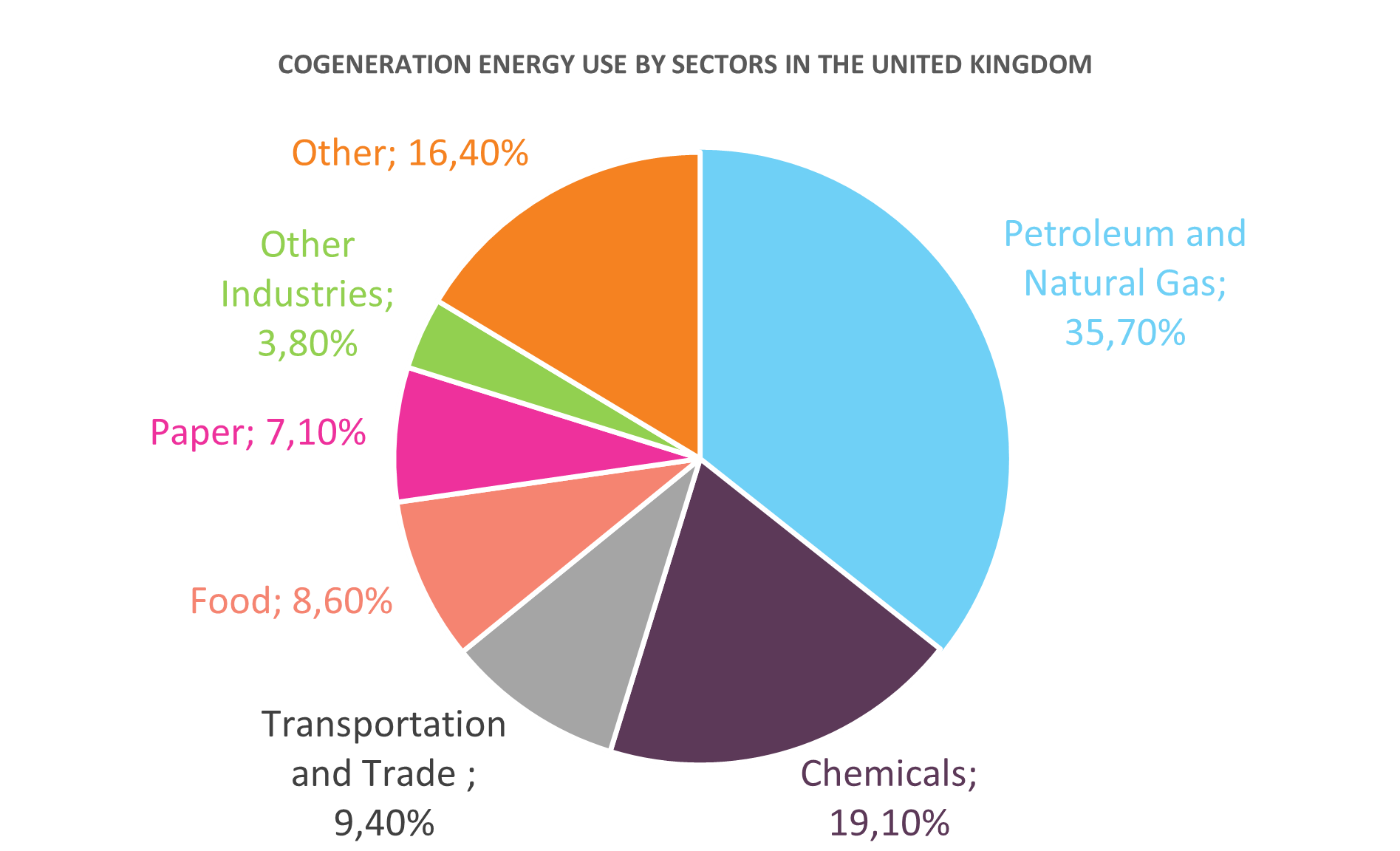
One example from the cement sector is Aşkale Cement. It operates by utilizing waste heat generated during the heating and cooling processes of clinker in a rotary kiln, a step in cement production, in their cogeneration plant to improve energy efficiency.
As they enable the utilization of waste heat in systems whose primary source is fossil fuel with a cogeneration systems, it can be referred to as a “low-carbon energy solution”.
Aşkale Cement has successfully registered its high-efficiency cogeneration unit in the IREC international renewable energy certificate system as a “high-efficiency” cogeneration plant. Supported by waste heat recovery technology from the cement production line, the unit has become the first high-efficiency cogeneration unit for self-consumption in Türkiye registered under IREC. Efficiency Studies and Applications in Cogeneration Plants in Türkiye.
8. Efficiency Studies and Applications for Cogeneration Plants in Türkiye
In Turkey, efficiency practices and studies for cogeneration plants are determined by the “Regulation on the Calculation of Efficiency of Cogeneration and Micro-Cogeneration Plants” published in 2014, which provides government support and issues efficiency certificates to eligible plants. According to the regulation, cogeneration plants that achieve at least a 10% energy savings in their primary energy source, as well as those with specific efficiency and electricity/heat ratio values based on their technology, are granted a “Cogeneration Plant Efficiency Certificate” by the General Directorate of Renewable Energy. The conditions for obtaining this certificate and detailed requirements can be found in the relevant regulation. [4]”
"Original text has been translated with ChatGPT."
References
[1] | |
[2] | Office of Environment & Heritage, «Cogeneration feasibility guide,» 2014. |
[3] | |
[4] | EPDK, «Kojenerasyon ve Mikrojenerasyon Tesislerinin Verimliliğinin Hesaplanmasına İlişkin Usul ve, » 2014. |
[5] | |
[6] | Ricardo-AEA , «Review of the Reference Values for HighEfficiency Cogeneration,» 2015. |
[7] | Cogen Europe, « COGEN Europe National Snapshot Survey,» 2022. |
[8] | TEİAŞ, «turkiye-elektrik-uretim-iletim-istatistikleri,» 2021. |
[9] | European Union, «DIRECTIVE 2004/8/EC OF THE EUROPEAN PARLIAMENT AND OF THE COUNCIL,» 2004. |
[10] | |
[11] | |
[12] | |
[13] | |
[14] | |
[15] |




